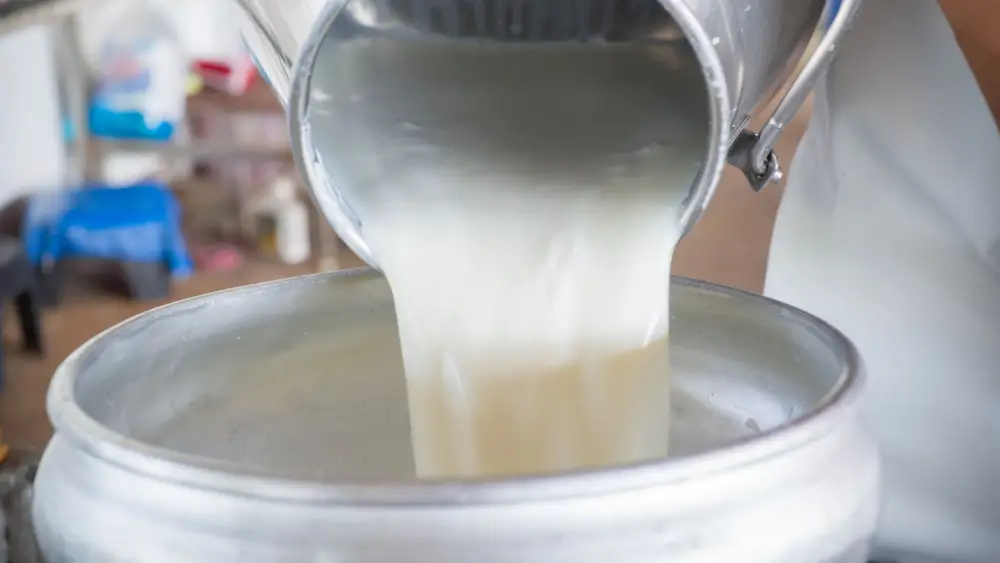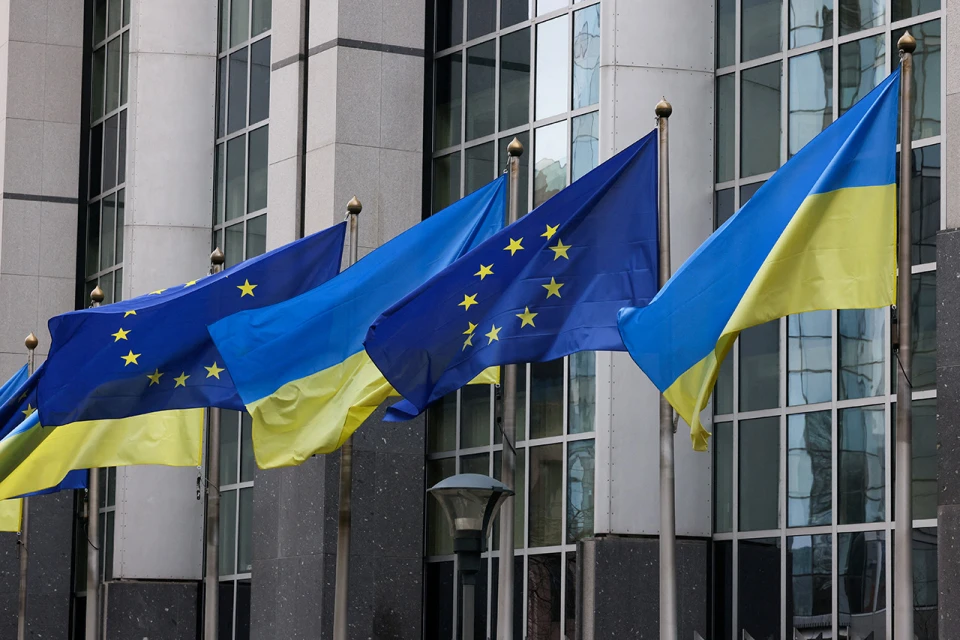Milk production in the European Union: trends and performance in 2022

Slight decrease but innovations in milk production per cow and final distribution of dairy products
Raw milk production in the European Union in 2022 was estimated at 160 million tonnes, saw a slight annual decrease of 0.3 million tonnes, according to data published by the European Statistical Office (Eurostat).
Significant differences in production per cow
Although milk production per cow has increased to 7,653 kg of milk per cow per year, there are significant differences between Member States. Denmark and Estonia lead the way with 10,187 and 10,128 kg per cow respectively, while Bulgaria and Romania have the lowest figures, with 3,621 and 3,367 kg respectively, shows Eurostat data.
Destination of dairy products in the EU
Of the total volume of milk delivered to dairies in 2022 (149.9 million tonnes), only 9.8 million tonnes was used directly by farmers for their own consumption, direct sale or processing. The remainder was delivered to dairies. Of this, 145.6 million tonnes was cow's milk, the rest being from sheep, goats, or buffalo.
Cheese and butter production dominate
Dairy factories generated, among other things, 22.5 million tonnes of drinking cow's milk, 7.7 million tonnes of fermented milk, 2.3 million tonnes of butter and 10.4 million tonnes of cheese. The combined production of cheese and butter absorbed 70% of all milk available to EU dairies.
Notable performances of some Member States
Germany was the leader in the production of drinking cow's milk (19% of the EU total), butter (20%), fermented milk (29%) and cheese (22%). France was second in butter and cheese production, contributing 18% to the total in both categories.
Together, Germany, Spain, France, Poland and Italy accounted for two-thirds of total EU drinking cow's milk production in 2022. The Netherlands was the second-largest producer of fermented milk, fourth of cheese and fifth of butter, while Ireland ranked third for butter production and fifth for fermented milk.














